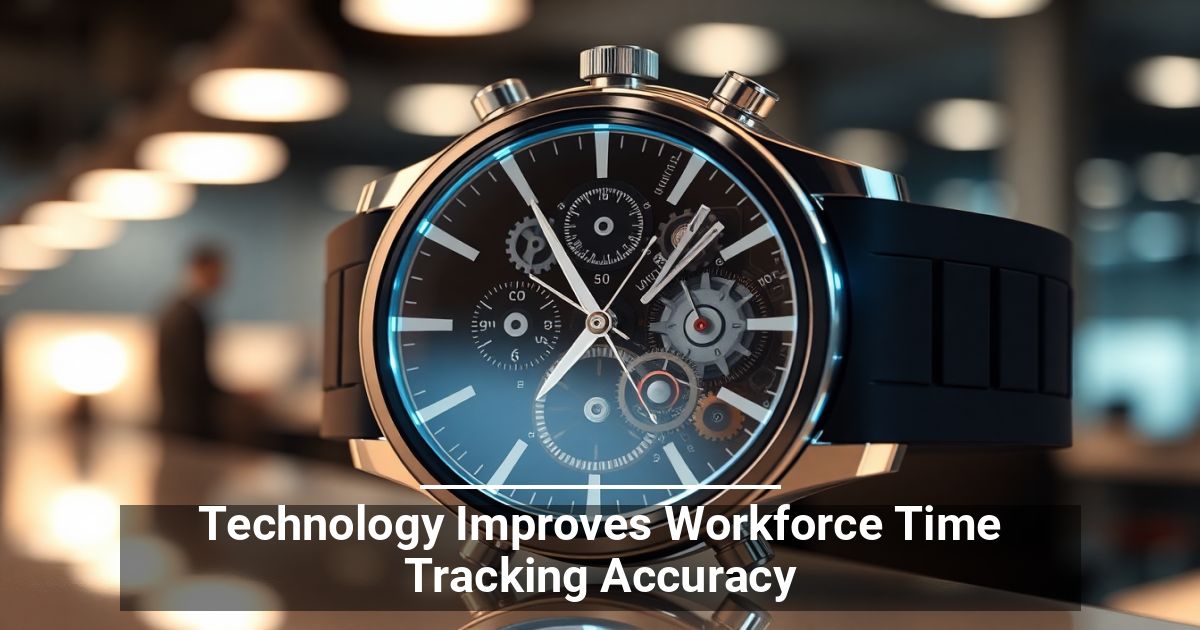 Running a business today means keeping a close eye on every expense, including your labor costs and employee productivity.
Running a business today means keeping a close eye on every expense, including your labor costs and employee productivity.
But controlling the cost of your workforce isn’t just about logging hours anymore. Workforce time tracking accuracy has become the foundation for more informed decision-making, effective staffing strategies, and increased profit margins. With modern technology, time tracking has gone from a simple record-keeping task into a powerful tool for improving workforce efficiency and business performance.
Why Old-School Timekeeping Doesn’t Cut It Anymore
Paper timesheets and punch clocks may have worked decades ago, but today they cause more problems than they solve.
Errors, “buddy punching” (when one employee punches in or out for another), and payroll disputes can all eat away at your bottom line and complicate your labor cost management efforts. Never mind the time it takes to calculate hours using those paper records, and the potential for errors that can slip in when you’re accounting for vacation time, sick time, and overtime.
Workforce time tracking accuracy matters because it ensures payroll stays fair, compliance stays tight, and your team stays happy. Automated time tracking has revolutionized the way we work.
Biometric scans, mobile apps, and cloud-based dashboards now make it almost impossible to fudge hours or lose data. These systems don’t just improve workforce time tracking accuracy; they also lighten the administrative load and make attendance monitoring seamless for everyone involved.
From Clock-Ins to Clarity: Turning Data Into Insights
Modern systems go beyond recording time. They tell a story.
When you keep an eye on the time-tracking data, you can spot when overtime is creeping up, where shifts are understaffed, or how labor costs are trending. That means you’re not just collecting numbers; you’re getting actionable insights that boost employee productivity and workforce efficiency.
These tools also make it easier to cut costs without cutting corners. Businesses that can effectively control labor costs tend to thrive. Accurate time data helps you forecast payroll, ensure compliance accuracy, and manage shifts more effectively.
Keeping Projects on Track With Technology
Implementing electronic timekeeping also streamlines project management. Have you ever been met with blank stares when you bring your team together for a status update and ask how many hours they’ve spent on the project? Or even had difficulty accounting for your own time, instead relying on your memory or a jumble of notes, calendar alerts, and guesswork?
Automated time tracking takes the burden of staying on top of time management off your team’s shoulders. It’s easier to spot bottlenecks, identify places where people are spending too much time on low-priority tasks, and reconfigure timelines when you have an up-to-date, accurate accounting of where people are allocating their time.
The Future of Workforce Efficiency Is Already Here
Workforce time tracking accuracy is one of your company’s most essential tools for growth. It’s not just about compliance, either; it’s about running a smarter, more profitable business.
Automated time tracking, accurate attendance monitoring, and real-time insights not only save your company money but also ensure an efficient operation. It keeps employees satisfied and sets your business up for sustainable success.


